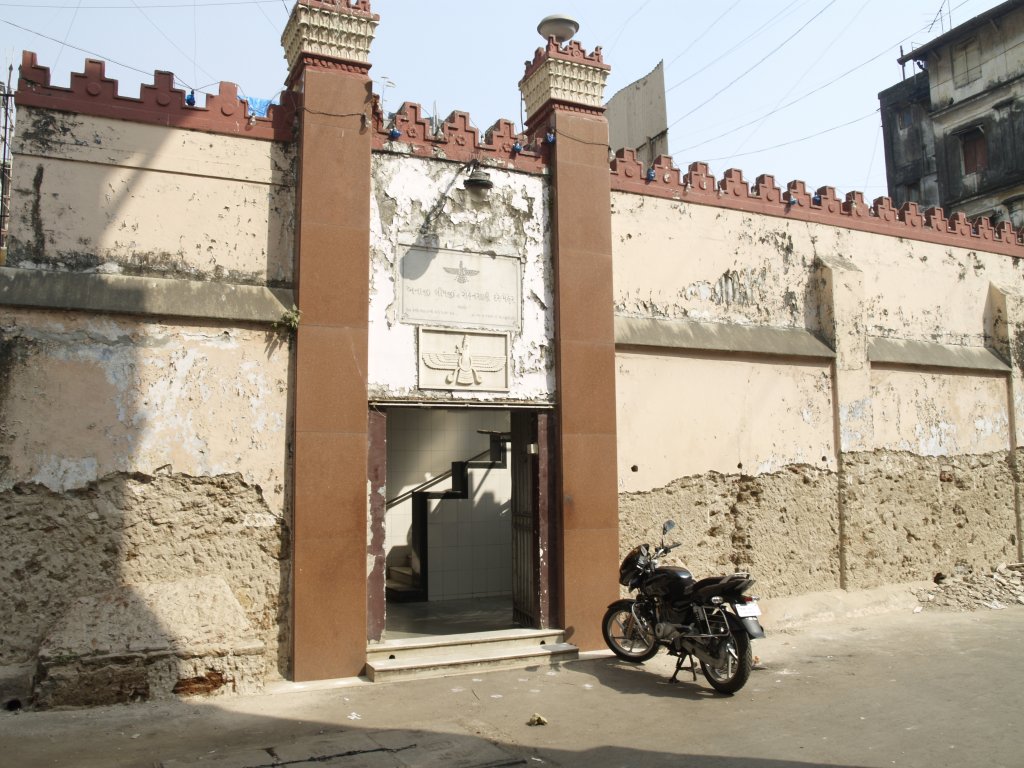|
Bahrot
Bahrot Caves, locally known as Barad, near Dahanu, Maharashtra are the only Parsi/Zoroastrian Cave temple in India. Bahrot Caves is located 25 km south of Sanjan, Gujarat and are situated at a small distance of 8 km away from the village of Bordi also nearly 9 km from NH48 from Talasari. This mountain range was originally belong to tribal people of village which they used for collecting wood, karvi (which were used for make mudwall) Later They were unused Buddhist caves excavated by Buddhist monks. Zoroastrians hid for 13 years in these mountains after an invasion of their settlement at Sanjan by Alaf Khan, a general of Muhammad bin Tughluq in 1393 CE. The ‘Iranshah Flame’ was also moved to Bahrot during this period (1393–1405 CE). Even today, this Holy Fire is burning, now housed in a temple in Udvada, see Iranshah Atash Behram and it is given the most eminent grade of devoted fire in the world. Bahrot Caves have been declared a heritage site and is a pr ... [...More Info...] [...Related Items...] OR: [Wikipedia] [Google] [Baidu] |
List Of Fire Temples In India
A fire temple, Agiary, Atashkadeh ( fa, آتشکده), Atashgah () or Dar-e Mehr () is the place of worship for the followers of Zoroastrianism, the ancient religion of Iran (Persia). In the Zoroastrian religion, fire (see '' atar''), together with clean water (see '' aban''), are agents of ritual purity. Clean, white "ash for the purification ceremonies sregarded as the basis of ritual life", which "are essentially the rites proper to the tending of a domestic fire, for the temple ireis that of the hearth fire raised to a new solemnity". For, one "who sacrifices unto fire with fuel in his hand ..., is given happiness".''Yasna'' 62.1; ''Nyashes'' 5.7 There are about 177 odd fire temples in the world, of which some 150 are in India. List of Fire temples in India See also * List of fire temples in Iran * Zoroastrianism in India * Religions in India * Religious tourism in India References {{Zoroastrianism * Fire temples A fire temple, Agiary, Atashkadeh ( fa, آتشک ... [...More Info...] [...Related Items...] OR: [Wikipedia] [Google] [Baidu] |
